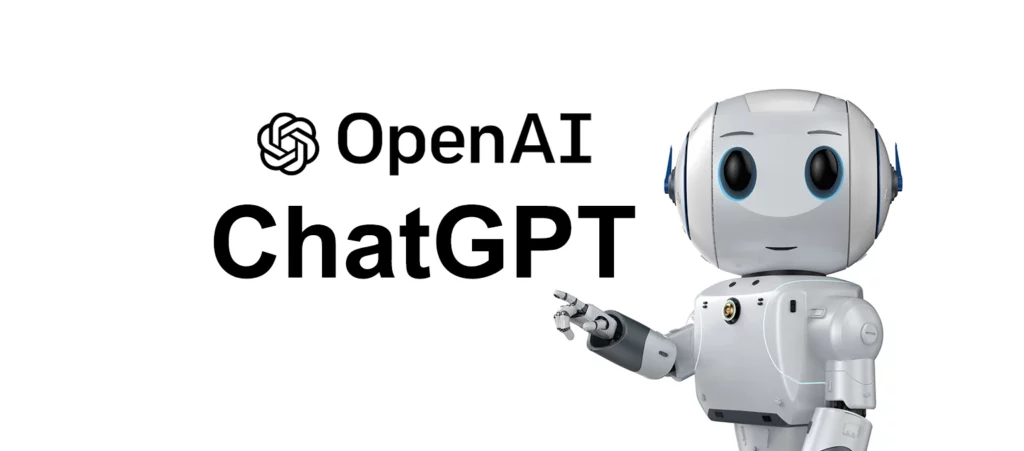Understanding ChatGPT: A Deep Dive into Its Architecture and Training
Understanding the architecture and training process of ChatGPT provides insights into its capabilities and limitations.


Introduction:
ChatGPT is an advanced language model developed by OpenAI that allows natural and human-like conversations with users. In this article, we will explore the underlying architecture and training process of ChatGPT, providing you with a comprehensive understanding of this cutting-edge technology.


The Architecture of ChatGPT:
ChatGPT is built on the GPT-3.5 architecture, which is a type of transformer model. This architecture uses a deep neural network with self-attention and feed-forward neural networks. It helps ChatGPT understand complex patterns and relationships in language data.
The transformer model’s key component is the attention mechanism, which allows the model to focus on important words or tokens in a sentence. This enables ChatGPT to generate coherent responses by understanding the context effectively. The model also considers the order of words in a sentence using positional encoding.
Training Process of ChatGPT:
ChatGPT goes through two main stages of training: pre-training and fine-tuning.
Pre-training:
During pre-training, ChatGPT is exposed to a vast amount of text data from various sources like books, articles, and websites. The model learns to predict the next word in a sequence, developing a broad understanding of grammar, context, and factual knowledge.
To make the training efficient, a technique called “masked language modeling” is used. Some words in each sequence are randomly hidden, and the model learns to predict them based on the surrounding words. This helps the model capture deeper meaning and context.
Fine-tuning:
After pre-training, ChatGPT is fine-tuned for specific tasks or domains. This step involves training the model on a narrower dataset with human reviewers following guidelines provided by OpenAI. Reviewers provide feedback and ratings on model outputs, ensuring safe and reliable responses.
The fine-tuning process is iterative, with continuous improvement based on reviewer feedback and adherence to OpenAI’s policies.
Conclusion:
ChatGPT, based on the GPT-3.5 architecture, is an impressive language model that enables human-like conversations. Its transformer architecture, along with the pre-training and fine-tuning processes, allows it to generate meaningful responses.
Understanding the architecture and training process of ChatGPT provides insights into its capabilities and limitations. OpenAI’s approach emphasizes both pushing the boundaries of AI capabilities and ensuring ethical and responsible use.
As language models advance, we can expect more interactive and intelligent conversations, benefiting various industries and enhancing user experiences.








